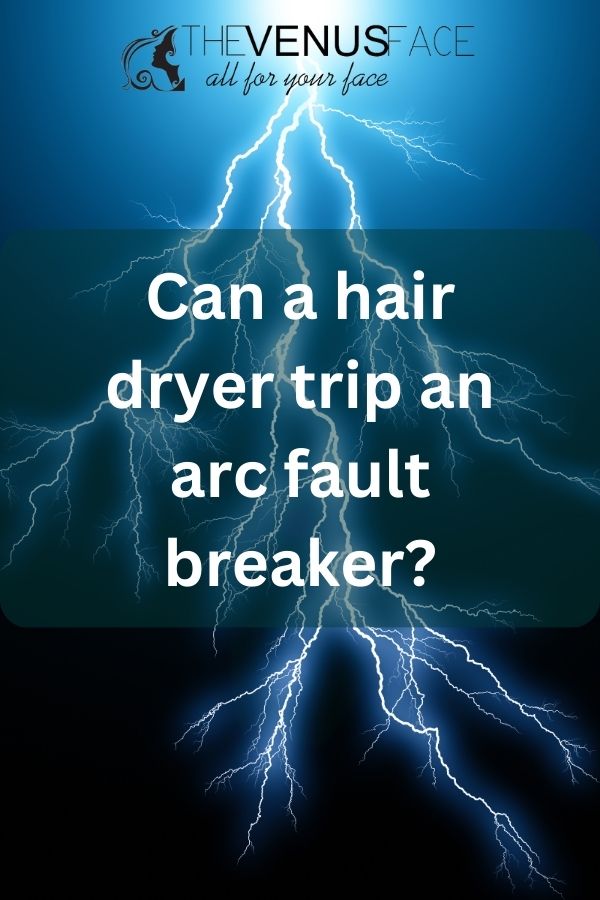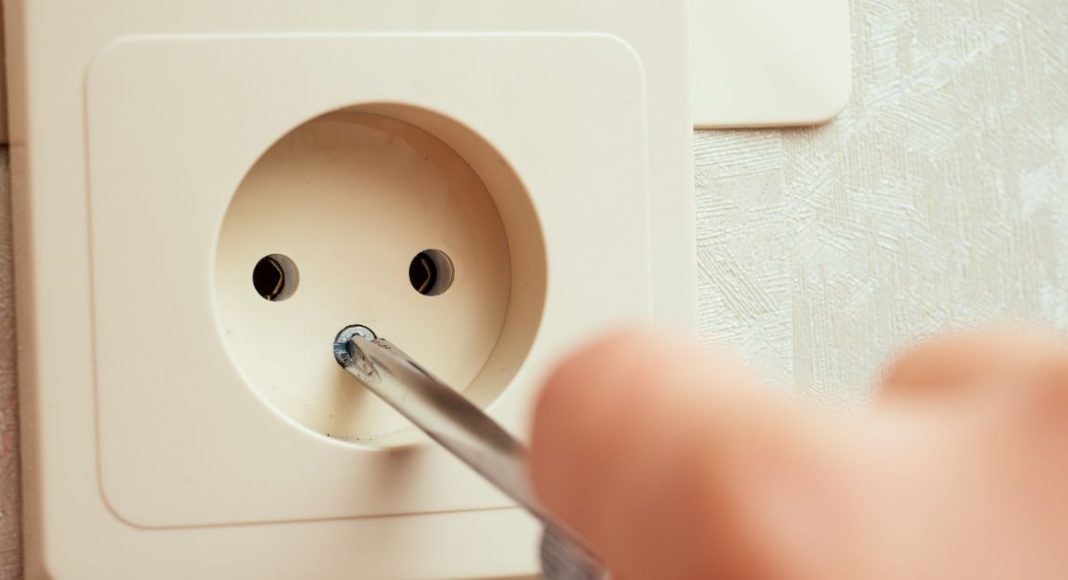Arc fault breakers are an essential component of electrical systems, designed to protect against dangerous electrical arcs that can lead to fires. Hair dryers, on the other hand, are common household appliances used for drying and styling hair. Given the electrical nature of both hair dryers and arc fault breakers, it is natural to wonder whether the use of a hair dryer can trip an arc fault breaker.
In this discussion, we will explore the relationship between hair dryers and arc fault breakers, addressing the question of whether a hair dryer has the potential to trip an arc fault breaker. We will delve into the functioning of arc fault breakers, the electrical characteristics of hair dryers, and the factors that may contribute to tripping an arc fault breaker. By understanding these elements, we can gain insights into the safety considerations associated with using hair dryers in electrical systems protected by arc fault breakers.

Can a hair dryer trip an arc fault breaker?
A hair dryer can potentially trip an arc fault breaker under certain circumstances. An arc fault breaker, also known as an arc fault circuit interrupter (AFCI), is designed to detect dangerous electrical arcs that can lead to fires. Hair dryers, like other electrical devices, can occasionally cause arc faults if there are issues with the device or the electrical circuit it is connected to.
There are a few factors that can contribute to a hair dryer tripping an arc fault breaker. Firstly, device or appliance incompatibility is one of the common causes of AFCI breaker tripping. Some older hair dryers or appliances may generate electrical “leakage” or arcing that the AFCI detects and interprets as a fault, causing it to trip. Additionally, circuit overloads can occur when multiple heavy-powered appliances, including hair dryers, are running on the same circuit simultaneously. This can cause the circuit breaker to trip in order to prevent overheating. Another potential cause is damaged or loose electrical wiring, which can lead to arcing faults and result in the AFCI tripping. Lastly, a faulty AFCI breaker itself can also cause frequent tripping and may require replacement by a professional electrician.
To troubleshoot and prevent a hair dryer from tripping an arc fault breaker, several steps can be taken. Firstly, ensuring compatibility between the hair dryer and the electrical circuit is important. If an older hair dryer consistently trips the AFCI breaker, it may be necessary to replace the hair dryer with a newer model that is compatible with AFCI protection. Additionally, avoiding circuit overloads by distributing heavy-powered appliances across different circuits can help prevent tripping. Regularly inspecting and maintaining electrical wiring to ensure it is not damaged or loose is crucial. If the issue persists, consulting a licensed electrician for further investigation and potential replacement of the AFCI breaker is recommended.
In summary, while a hair dryer can potentially trip an arc fault breaker, it is usually due to specific circumstances such as device incompatibility, circuit overloads, damaged wiring, or a faulty AFCI breaker. Taking necessary precautions and addressing these issues can help ensure the safe use of a hair dryer without frequent tripping of the arc fault breaker.
More: How Long Can a Hair Dryer Run?
Why does a blow dryer trip breaker?
When a blow dryer trips a circuit breaker, it means that the electrical circuit is being overloaded or there is a short circuit. Here are some common reasons why a blow dryer may trip a breaker:
Faulty Circuit Breaker
Circuit breakers are designed to protect the electrical circuit from overloading or short circuits. If the circuit breaker itself is faulty or worn out, it may trip more easily. A circuit breaker that is 15 to 20 years old can weaken and trip up, potentially leading to an electrical shortage. In such cases, it may be necessary to replace the circuit breaker in your older home.
More: Why Do Lights Dim When Using Hair Dryer?
Overloaded Circuit
If the blow dryer is connected to a circuit that already has a high load, such as powering other high-powered appliances like air conditioners or electric heaters, it can exceed the circuit’s capacity and cause the breaker to trip. This occurs when the total current drawn by all the devices connected to the circuit exceeds the circuit’s rating. To avoid overloading the circuit, you can try connecting the blow dryer to a different outlet or reducing the number of appliances on the same circuit.
Faulty Heating Element or Assembly
A blow dryer has a heating element that generates heat for drying hair. If the heating element or its assembly becomes faulty, it can cause a short circuit and trip the breaker. You can check the heating element using a multimeter to test for continuity. If the heating element has shorted out or is defective, it will need to be replaced.
Internal Short Circuit
Internal faults within the blow dryer, such as a malfunctioning motor, a faulty door switch, a defective timer, or a faulty on/off switch, can cause the circuit to short circuit and trip the breaker. To diagnose and fix these issues, it is recommended to consult a professional or an experienced technician.
More: Why Does My Hair Dryer Smell Like Fish?
Loose Electrical Connections
Loose or corroded electrical connections can create resistance and generate heat, potentially leading to a short circuit. Check the outlet, terminal block, and other electrical connections associated with the blow dryer to ensure they are secure and free from damage.
It is important to note that dealing with electrical systems can be dangerous, so if you are unsure or uncomfortable performing any troubleshooting or repairs, it is best to consult a licensed electrician or a qualified professional for assistance.


